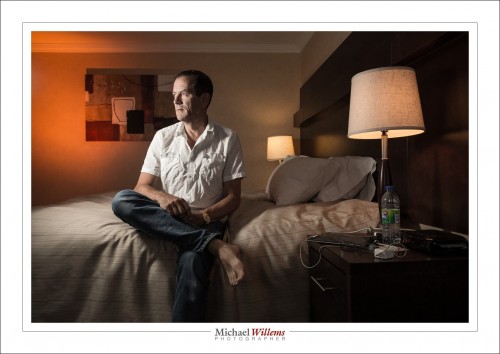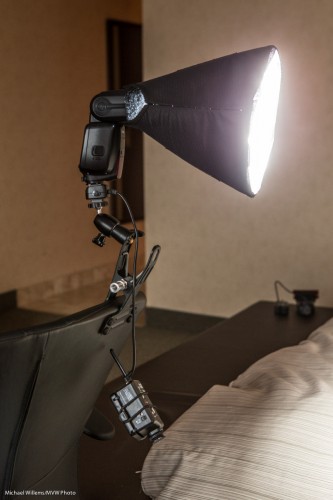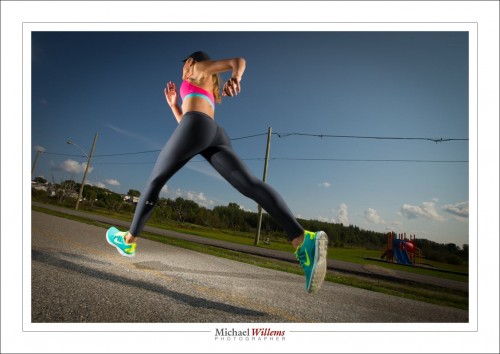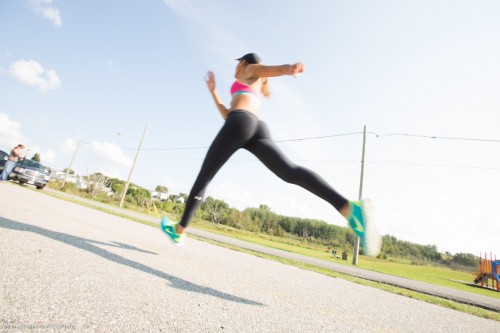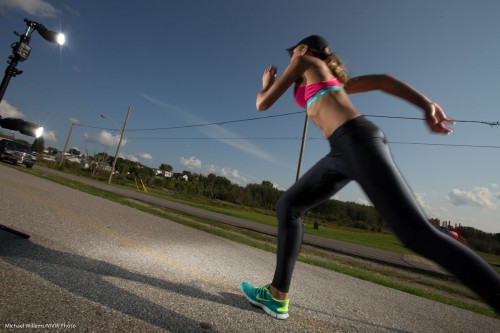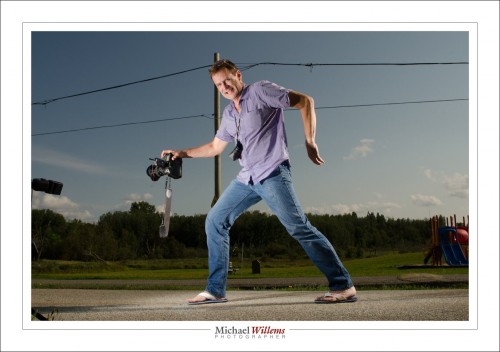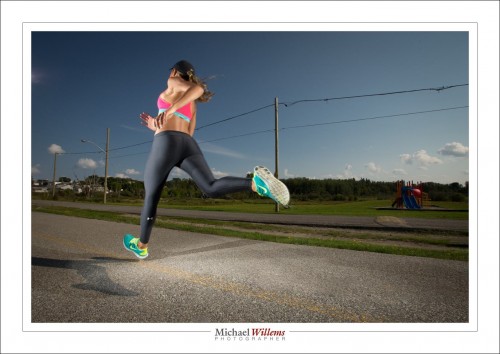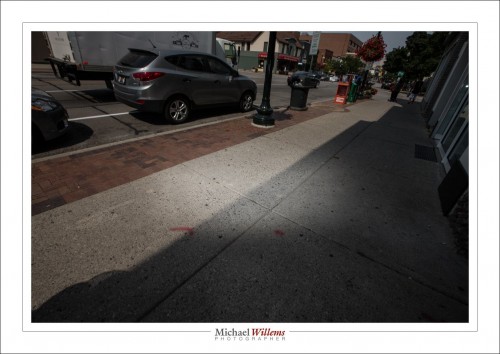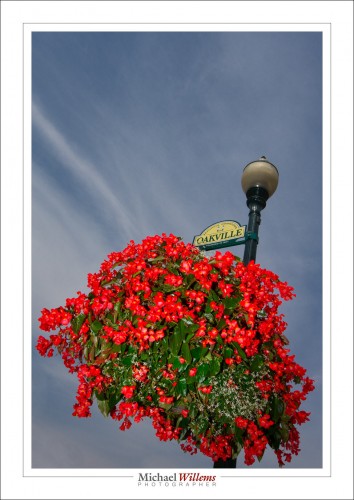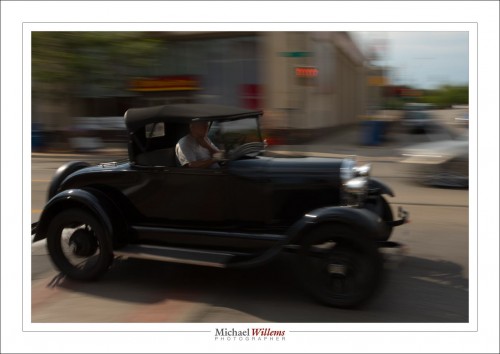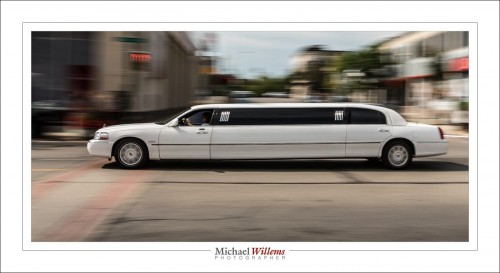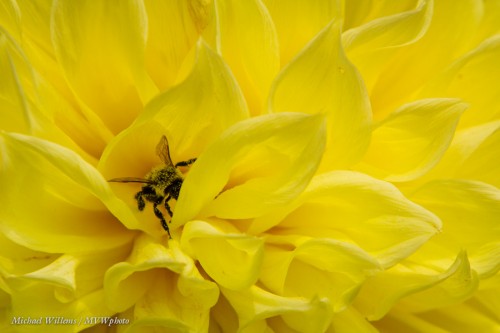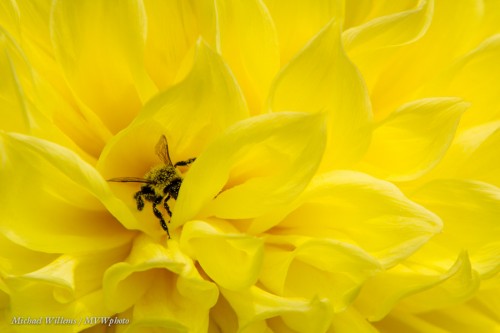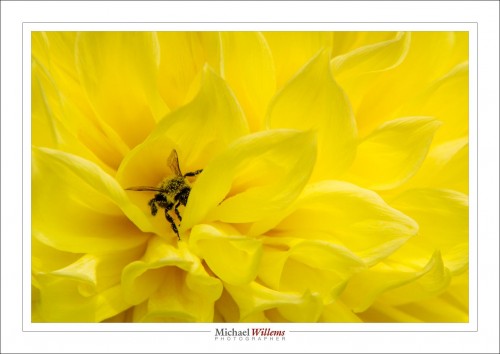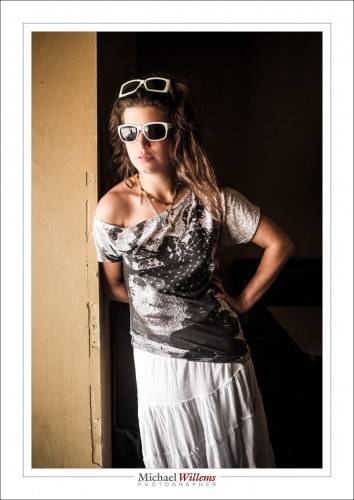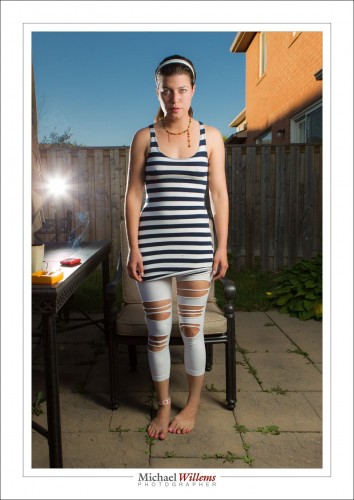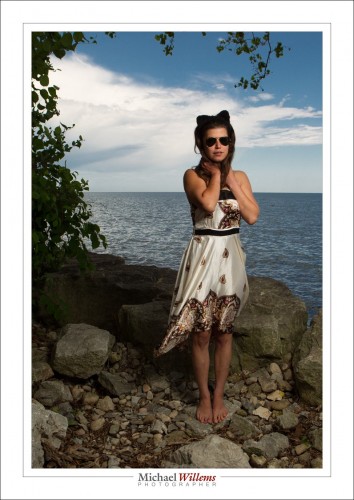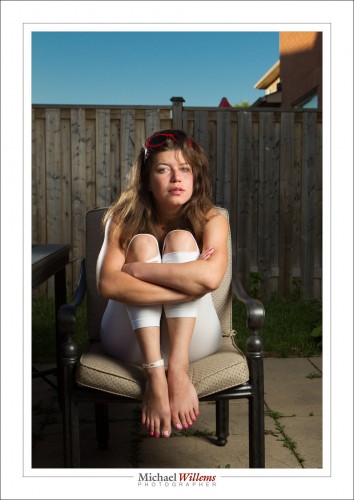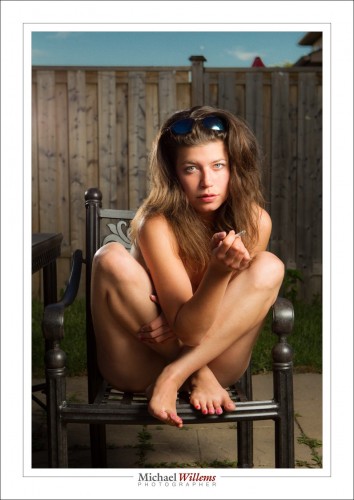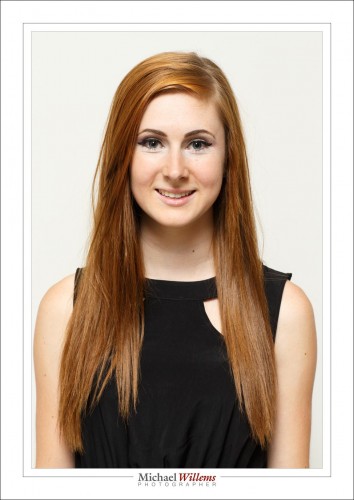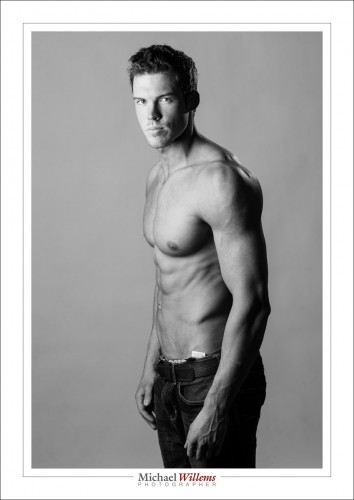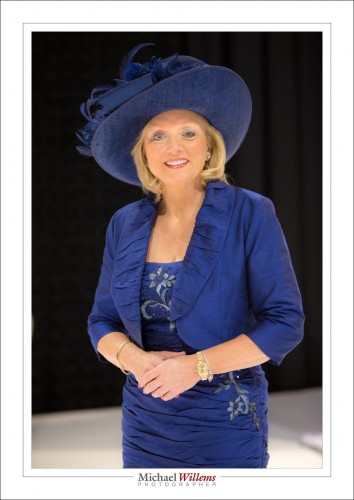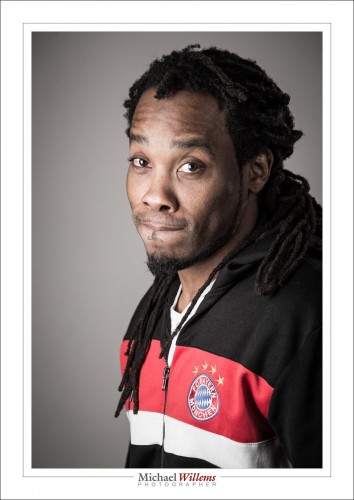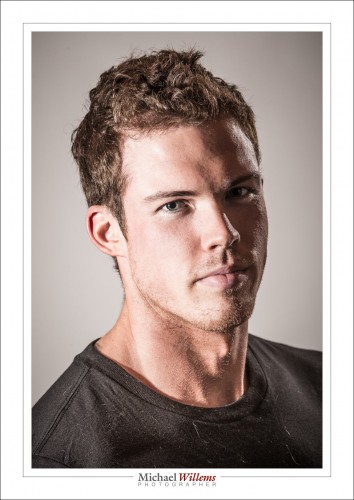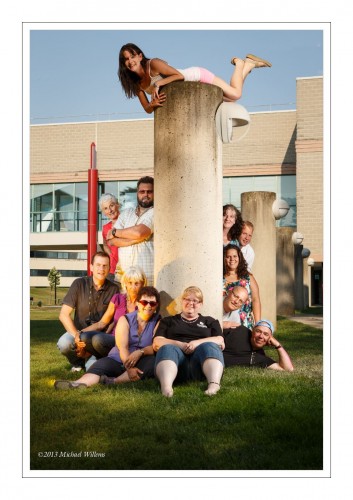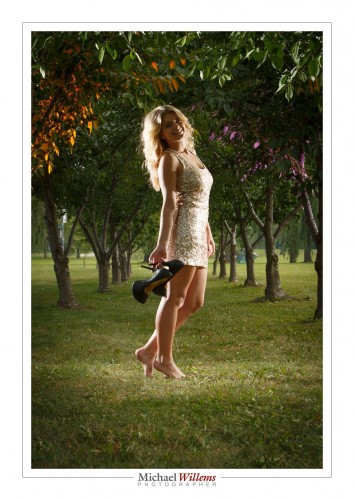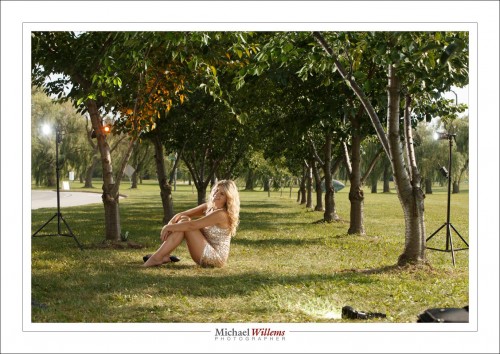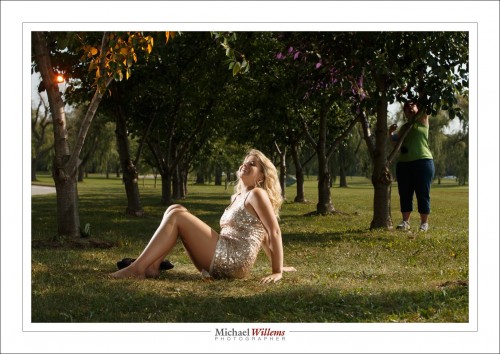In yesterday’s self portrait, I mentioned I pre-focused. I did the same in the panning shot of a few days ago. “How?”, I am asked.
Good question. And it’s simple.
- Select one focus point (centre, say, or any other)
- Aim that where the subject will be – that is, at an object the same distance the subject will be (I used the front of the bed). When shooting in a studio, I put an “X” on the floor, then put a light stand with a hat on the “X”, and focus on that. Then as the self timer counts, I replace the light stand with me.
- Focus, and hear the beep to indicate focus has been achieved
- Lift your finger from the shutter (or focus-) button
- Set the lens to MANUAL focus
Now you are pre-focused at the correct distance, so you can set the camera to self-timer and shoot, if it’s a self portrait. If it is a panning shot, no time is lost when shooting. As long as you keep the camera where it is, and you ensure that the object indeed will be at the distance that you focused at.
This is a technique I use quite often. Also, for instance, when shooting fireworks or night scenes, when focus is hard to achieve.

